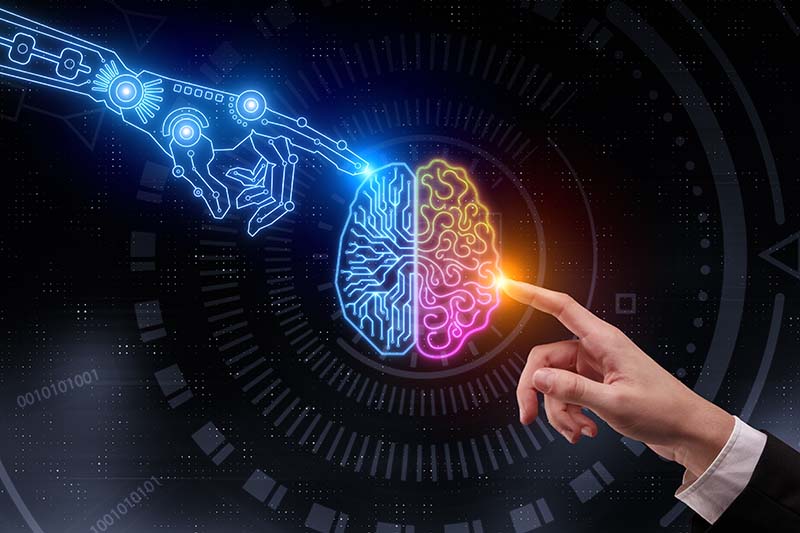Introduction
With AI rapidly transforming industries and reshaping our world, staying ahead of its developments is more crucial than ever. Through a recent AI course, I gained eye-opening insights and a deeper appreciation for how AI can revolutionize not only businesses but society as a whole. In this post, I’ll share the key takeaways while discovering AI during my UWGB Applied AI courses and how they’ve influenced my perspective on AI’s role in both business and society.
The Evolution of AI: A Surprising Timeline
One of the most eye-opening aspects of the course was tracing the history of AI’s evolution. I was particularly struck by how big data has become the driving force behind recent AI advancements. The vast amount of data available today enables AI to perform tasks that were previously unimaginable, pushing the boundaries of innovation. While the timeline didn’t drastically alter my expectations for AI’s future, it reinforced the idea that continuous investment and interest are crucial for sustained progress. Just as the ‘AI Winter’, between the 1970s and 1990s, was marked by stagnation due to a lack of resources, the current surge in AI development is likely to persist, potentially accelerated by future technological breakthroughs.
Data: The Kingmaker in AI
Another major takeaway from the course came from a powerful quote by Harper Reid: “It really is who has the data. That’s who will be the king.” In a world where AI is increasingly data-driven, companies with access to vast, high-quality datasets hold a significant competitive edge. This course underscored how critical data is in determining the success of AI implementations across industries.
Demystifying AI, Machine Learning, and Deep Learning
Before diving into this course, I had a general understanding of AI, Machine Learning (ML), Deep Learning (DL), and Data Science—but the lines between them were often blurred. Now, the distinctions are much clearer, and I’ve gained a new appreciation for how these technologies intersect and build on one another. I now understand that DL is a subset of ML, which, in turn, is a subset of AI. This hierarchy became clearer through practical examples. For instance, both ML and DL are used to create predictive models, however, DL is particularly effective for tasks involving complex patterns and large datasets, such as image recognition and natural language processing.
AI in Action: Streamlining Workflows and Enhancing Productivity
The course also had me utilizing powerful AI tools like ChatGPT and Rows, which proved invaluable for streamlining project planning and data analysis. ChatGPT helped me break down a complex project into manageable steps, making project planning more efficient. Rows, on the other hand, allowed for seamless data transformation using natural language, simplifying the data analysis process. These tools demonstrated the tangible benefits of AI in everyday work tasks, from improving efficiency to enhancing decision-making.

Conclusion
My journey through this AI course has been a transformative experience. It deepened my understanding of AI’s profound capabilities and the ethical considerations that accompany them. As I continue to explore this field, I’m excited to apply these insights to drive innovation at Zeytech, while also advocating for responsible and inclusive AI practices that benefit everyone.
Interested in learning how Zeytech can help future-proof your business, project, or processes, check out our AI DataOps service page or connect with us to talk more.




